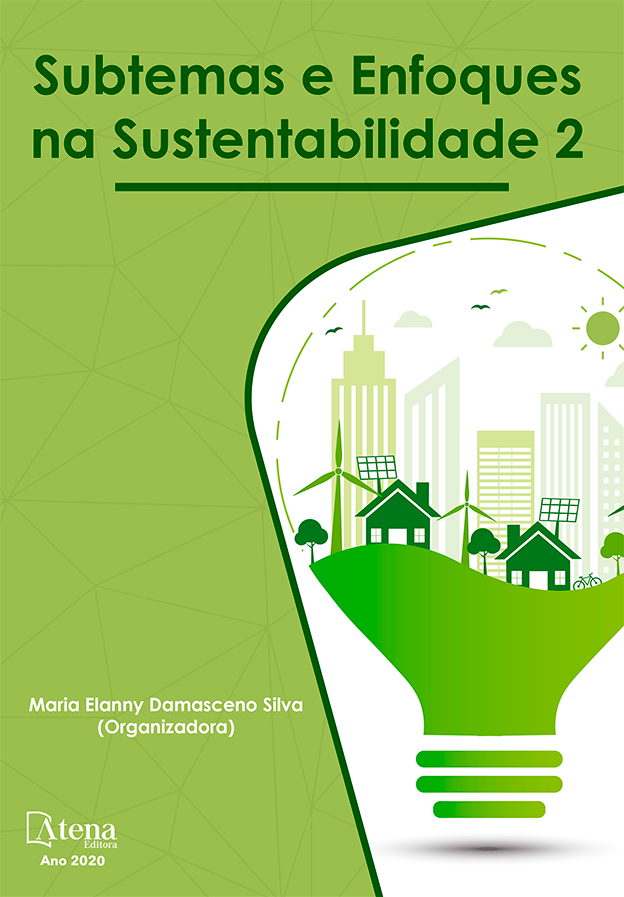
SISTEMA DE PRODUÇÃO ORGÂNICO DE MILHO, FEIJÃO E MANDIOCA CONSORCIADOS EM SOQUEIRA DE CANA-DE-AÇÚCAR
Uma maior estabilidade do agroecossistema pode ser obtida através do plantio consorciado, o qual, sob manejo orgânico, torna-se um fator ambiental que pode ser utilizado como complemento a outras técnicas de cultivo. Baseado nisso, objetivou-se estudar um sistema de produção orgânico de milho (Zea mays, variedade BR 106), feijão (Phaseolus vulgaris, cultivar IAC Pérola) e mandioca (Manihot esculenta, variedade IAC 15) consorciados com soqueiras da cultura de cana-de-açúcar (Saccharum spp.). Foram avaliadas, a produtividade das culturas, a biomassa residual de milho, feijão e mandioca, e a renda bruta obtida em cada sistema. Para as condições do experimento, o tratamento cultura intercalar de milho apresentou os melhores resultados quanto à produtividade de espigas verdes (kg/ha), a produção de biomassa (kg/ha) e renda bruta estimada (R$/ha). A alternativa do consórcio entre soqueiras e o milho, demonstra ser uma técnica eficiente que, sob a ótica da agroecologia, se torna uma ferramenta importante na preservação e manutenção do agroecossistema com produtividade e rentabilidade superior ao monocultivo.
SISTEMA DE PRODUÇÃO ORGÂNICO DE MILHO, FEIJÃO E MANDIOCA CONSORCIADOS EM SOQUEIRA DE CANA-DE-AÇÚCAR
-
DOI: 10.22533/at.ed.59120101214
-
Palavras-chave: Agroecossistema, Consorciação, Nutrição orgânica.
-
Keywords: Agroecosystem, Intercropping, Organic nutrition.
-
Abstract:
A Greater stability of an agroecosystem can be achieved through the planting consortium which, under organic management, becomes an environmental factor that can be used to complement other techniques of cultivation. The objective was to study a system of production for organic crops of maize (Zea mays, cultivar BR 106), bean (Phaseolus vulgaris, cultivar IAC Pérola) and manioc (Manihot esculenta, cultivar IAC 15), intercropped with ratoon-cane (Saccharum spp.). Productivity of the crops, the residual biomass waste of maize, beans and manioc, and the gross income obtained in each system were evaluated. For the conditions of the experiment, the treatment intercropped maize (T2) showed the best results on productivity of green maize ears (kg/ha), production of biomass (kg/ha) and gross income (R$/ha). The alternative of the consortium with ratoon-cane proves to be an effective technique that, from the viewpoint of agroecology, becomes an important tool for preserving and maintaining the agroecosystem.
-
Número de páginas: 14
- João Paulo Apolari
- Gislayne de Araujo Bitencourt


